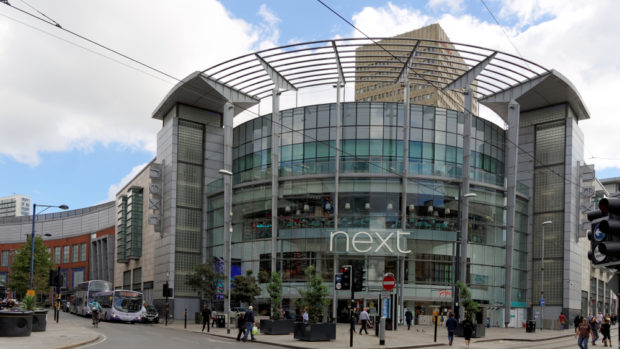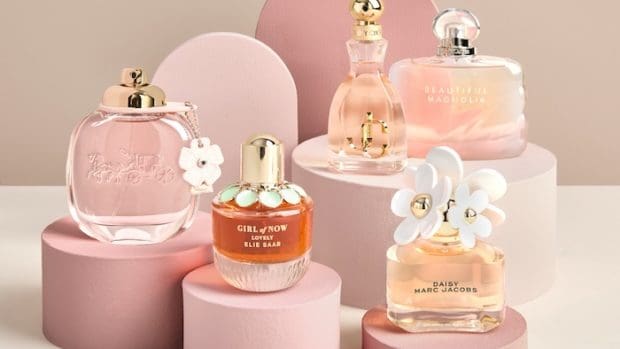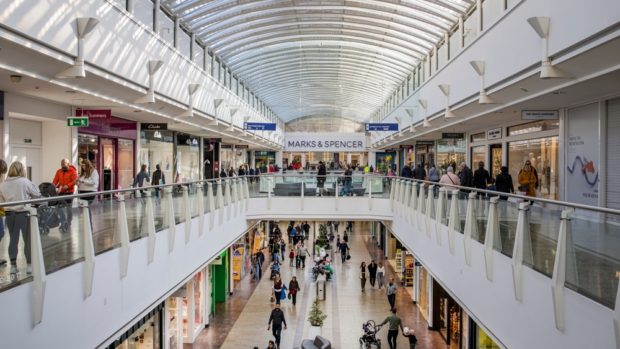WeSee today reveals that three-quarter (74 per cent) of UK consumers say that traditional text-based keyword queries are inefficient in helping them find the right items online, with 15 per cent of these shoppers saying they regularly encounter trouble finding what they’re looking for using keyword searches. Considering that 73 per cent of people shop online by entering a search term into a search engine, retailers that rely on solely keyword search miss out on significant business.
While search is currently one of the dominant methods for online shopping, many are starting to prefer a more personalised experience when shopping online. In fact, 40 per cent of shoppers would like their online shopping experience to be more visual, image-based and intuitive: one in four say they would like items suggested based on websites they’ve historically visited, 16 per cent said they’d like product recommendations based on images they’ve shared, liked or uploaded whilst 12 per cent would like to be able to buy items that they see on social networks without navigating away from the page.
The Visual Generation
The research reveals that shoppers aged 18-34 make up a new visual generation for whom images regularly inspire purchases. 40 per cent of under 35s say they have used their mobile device to take a picture of a specific item on the high street to buy once they get home, whereas only 30 per cent take pictures to inspire shopping at a later date.
These visual shoppers are interested in the latest shopping technologies – three-quarters of 18-34 year-olds would like more visual technologies incorporated into online and mobile shopping. 45 per cent under 35s say they would like to be able to take a picture of an item with their mobile and be linked directly to a site to but it. One in three (32 per cent) would like to be able to upload a picture and be shown similar items, and a third (33 per cent) of this demographic would like to be able to know where to buy high street versions of celeb outfits seen in images online. The shape and style of an item – rather than its text-based description – is a key consideration, with two-thirds (65 per cent) of consumers rating it ‘important’ or ‘critically important’ in finding the right item.
Social Discovery
A third of consumers (33 per cent) say they like discovering new brands online, but find it difficult as they do not know where to look. As such, UK consumers report that they are increasingly turning to social networks to uncover new brands. Overall, 25-34 year olds are the most visual social shoppers, with 15 per cent reporting that they browse for products visually on image-based shopping sites like The Fancy or Etsy. Of all social networks, Facebook, which owns the image sharing network Instagram, was voted the most useful site when it came to finding items to buy online, while cinemagr.am was voted least popular.
More than one in three shoppers (37 per cent) would like social networks to link directly through to sites where items from images are available to purchase, rising to two out of three shoppers (66 per cent) in the 18-24 age bracket that say they would like this. However, the majority of consumers say they would not want social networks to become pure e-commerce sites, revealing that brands and social networks must find a sophisticated, balanced approach to social shopping or risk losing their user base.
Adrian Moxley, CMO and co-founder of WeSEE commented: “It can be difficult to find a particular style or discover a new brand with a keyword – either shoppers are purposely looking for something new or it’s hard to articulate a personal style with a couple of words. Retailers must move outside of purely text-based descriptions of items to help shoppers find what they’re looking for. Younger generations of shoppers are much more visual in the way they use the web and are very mobilised particularly when it comes to shopping and sharing purchase ideas with friends. There are countless ways in which visual technology can be integrated into the purchase journey, for instance ‘drag, drop and shop’ and the incorporation of digital imagery into the purchase journey creates a sophisticated, multi-layered visual, social shopping experience.”








Share